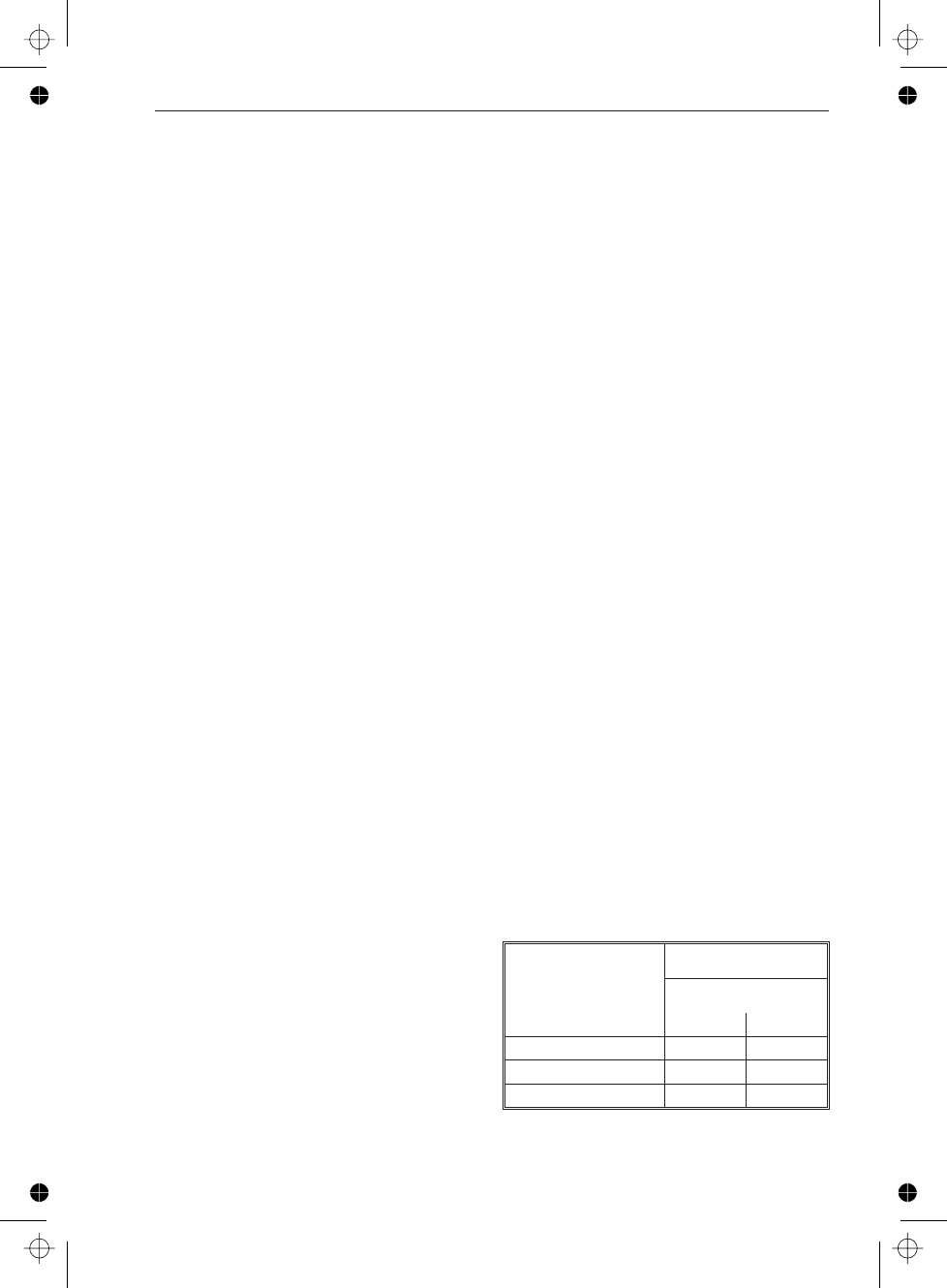
Examples:
–
Get one measurement: FETCh?
–
Get 100 measurements:
FETCh:ARRay?8100
+
The number of measurements is
defined by the setting of the ARM
and TRIG counters. The ARM
counter can be set directly by the
:CONF and :MEAS commands.
The :FETCh:ARRay? query pa
-
rameter only decides how many
measurement results to read out.
READ?
This command simply means to start a
measurement or measurement sequence
and read data.
This query is identical to:
ABORt;INITiate;FETCh?
This means that the counter starts a mea-
surement ( single or array) after it has
aborted any previous measurements. It
also returns the result.
Examples:
–
Start one measurement and fetch result:
READ?
–
Start measurements and fetch 100 results:
READ:ARRay?8100
MEASure?
This query is identical to:
CONFigure;READ?
This means that the command sets up the
counter and starts a measurement/mea
-
surement sequence.
Examples:
–
Make a frequency measurement:
MEAS:FREQ?
–
Make 100 frequency measurements:
MEAS:ARRay:FREQ?8(100)
–
Make 100 frequency measurements on the
A-channel:
MEAS:ARRay:FREQ? (100),(@1)
–
Make 100 frequency measurements on the
A-channel. The expected frequency to be
measured is 10MHz with a resolution of 1
Hz.
MEAS:ARRay:FREQ?
(100),10e6,1,(@1)
MEAS:MEM1?, MEAS:MEM? 10
Memory Recall, Measure and Fetch Result
This command is only for PM6681. Use
it when you want to measure several pa-
rameters fast, i.e., switch quickly be-
tween measurement functions.
MEAS:MEM1? recalls the contents of
memory 1 and reads out the result,
MEAS:MEM2? recalls the contents of
memory two and reads out the result etc.
The equivalent command sequence is
*RCL1;READ?
The allowed range for <N> is 1 to 9. Use
the somewhat slower MEAS:MEM
-
ory?8N command if you must use mem
-
ories 10 to 19.
Command
TIMING
Data Format
ASCII REAL
MEAS:MEM1? 7.9 ms 6.7 ms
MEAS:MEM?81 9.1 ms 8.0 ms
*RCL8 1;READ? 10.1 ms 8.9 ms
How to Measure Fast
Some Basic Commands 7-5





















